How to Make Gold

The purest gold obtainable is required for use as standards or check pieces in the assay of gold bullion. The following method of preparing it is now in use at the Mint. Gold assay cornets from the purest gold which can be obtained are dissolved in nitrohydrochloric acid, and the excess of nitric acid expelled […]
Fire Assaying Gold Alloys
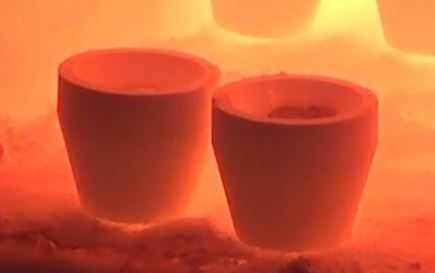
It is often impracticable to apply the ordinary parting assay to the examination of low-standard alloys of gold with other metals. These are then tested by various other methods, of which a summary is given below, the alloys being grouped in four series for convenience: A. Alloys requiring scorification. B. Amalgams. C. Alloys containing members […]
Bone Ash Cupels
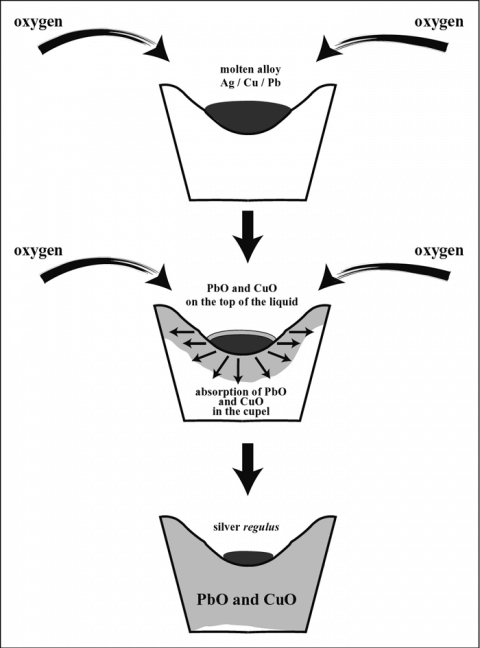
In order to get a preliminary view of the question of gold absorption in cupelling gold bullion, certain samples of very pure gold, which were being sent out to various laboratories in the Mint service for comparative assaying, mere assayed in sets of sis with three proofs. The nine ctipe!i were arranged in the muffle […]
Cupellation
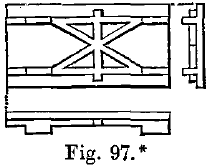
A coke Cupellation furnace still in use at the Mint is shown in front and side elevation in Figs. 95 and 96. It consists of an outer casing of wrought-iron plates about 1/8 inch thick, united by angle iron. This casing is connected with a chimney 60 feet high by means of a wrought-iron hood, a, […]
Roasting Arsenic & Antimony Ores

The difficulty of roasting arsenical and antimonial ores may be avoided by taking ore, 1 A.T. ; red lead, 1,000 grains; sodium carbonate, 500 grains; potassium ferrocyanide, 550 grains, with a cover of salt or borax. The button is scorified, together with the matte formed, before cupellation. E. A. Smith found this method unsatisfactory and […]
Fire Assay Flux & Litharge Composition
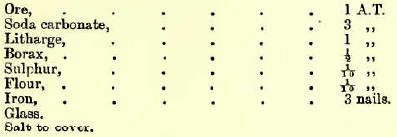
The following remarks on the use of the fire assay fluxes and litharge may serve as an aid in arriving to a correct composition of charges for most cases: Litharge or red lead is added in the proportion of one or two parts to two of ore; if too much litharge (lead oxide) is used the […]
How to Calculate Gold in Fire Assay
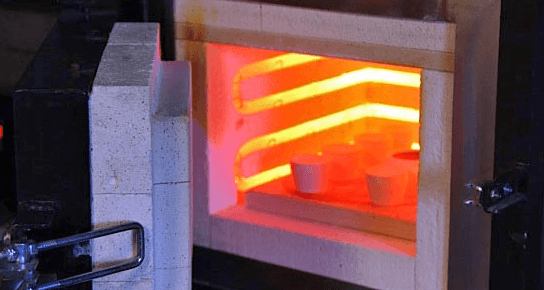
Calculating gold from your fire assay ends with reading the equipment called the gold scale or “the balance”. This equipment should turn with 1/200 milligramme at most, and there is an advantage in using still more sensitive balances. A unit of 0.005 mg. corresponds to 24 grains per ton if 1 A.T. of ore has […]
Fire Assay Fusion
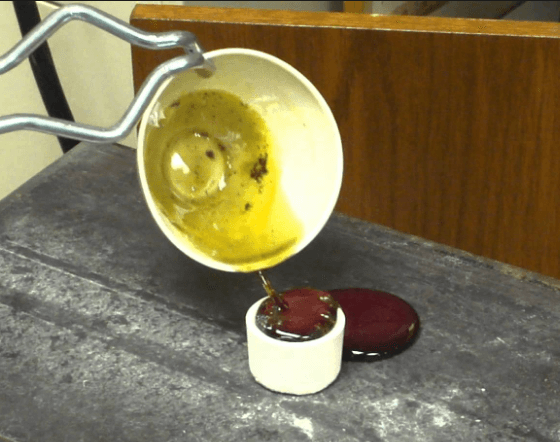
The object of the Fire Assay Fusion is to concentrate the precious metals in a button of lead, while the whole of the remainder of the ore forms a fusible slag with suitable fluxes, in which lead sinks. The fusion is made in clay (or rarely iron) crucibles in a wind furnace, similar to, but usually […]
The History of Grinding
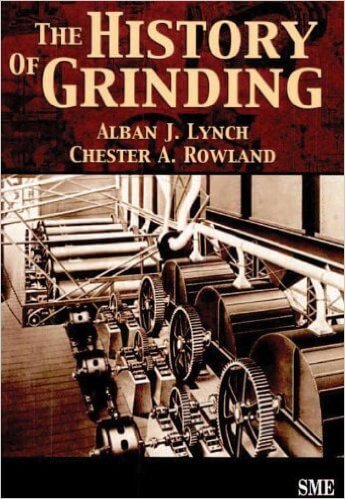
Start following 911Metallurgy’s Linkedin page to get a free (my used) hardcopy of: The History of Grinding by Lynch & Rowland I will select a winner from All the Company’s Followers on November 26th 2016 and announce the winner on 911Metallurgy’s Linkedin page CLICK BELOW ON FOLLOW Contact via Linkedin will be attempted with the winner and […]
Gold Inquartation Process

The bead of silver and gold obtained by cupellation is squeezed between pliers, or flattened by a hammer on a clean anvil, to loosen the bone ash adhering to its lower surface, and is then cleaned by a brush of wires or stiff bristles. It is then weighed, the silver removed by solution in nitric […]
